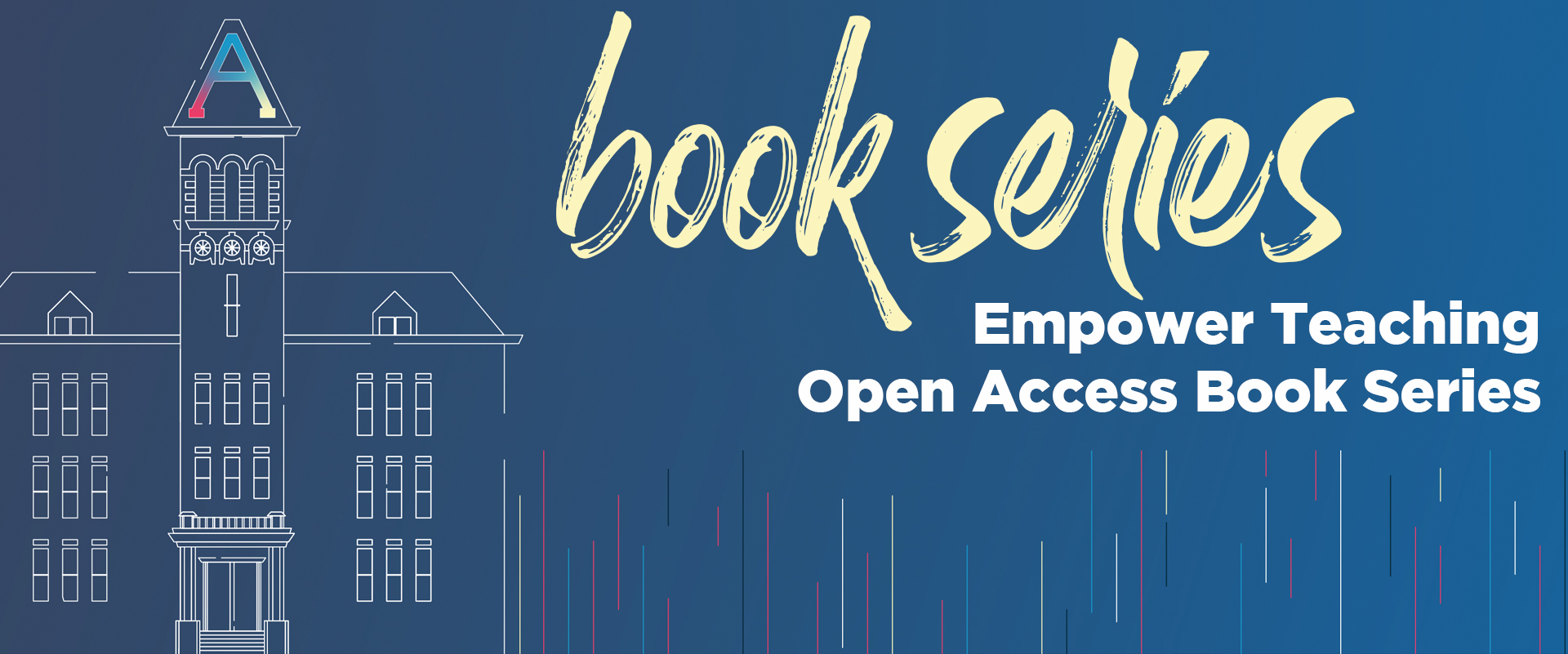Document Type
Chapter
Journal/Book Title/Conference
Making Connections: A Handbook for Effective Formal Mentoring Programs in Academia
Editor
David Law & Nora Domínguez
Publisher
Utah State University
Publication Date
5-15-2023
First Page
173
Last Page
199
Creative Commons License

This work is licensed under a Creative Commons Attribution-Noncommercial-No Derivative Works 4.0 License.
Abstract
Even when institutions already have a mentoring culture, a mentoring program is not an end in itself. Rather, mentoring is a tool to achieve a broader outcome, be it at the institutional, department, or individual level. While these outcomes may vary, it is critical that a mentoring program is carefully crafted in service of the outcomes. It must meet the needs and objectives of not only the mentees and mentors but also the institutions and the field. In this chapter, authors Lisa Fain and Jamie Crites will use a case study to discuss how to craft goals, and objectives that are aligned to meet desired outcomes. We will explain how consideration of seven design elements will determine and reach the goals, objectives, and outcomes of programs. Lastly, utilizing a logic model we will guide you through how to employ this framework to appeal to multiple key stakeholders at your institutions.
Recommended Citation
Fain, Lisa Z. and Crites, Jamie, "Chapter 8- Outlining the Goals, Objectives, and Outcomes of the Mentoring Program" (2023). Making Connections. Paper 10.
https://digitalcommons.usu.edu/makingconnections/10


